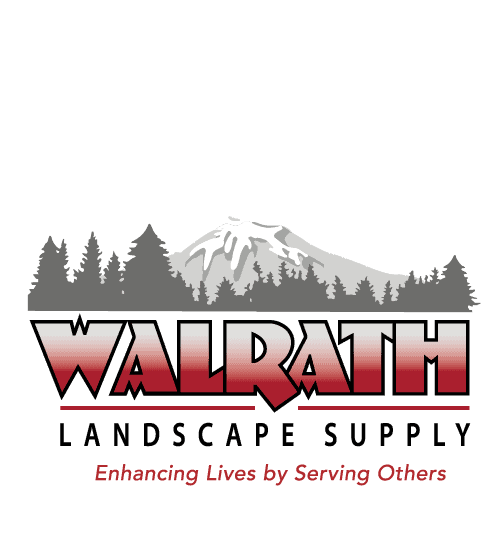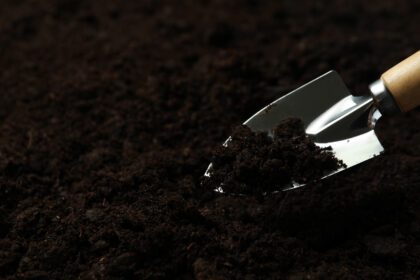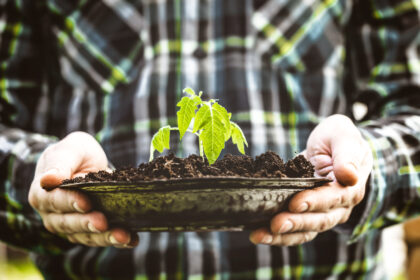What Is Topsoil?: The 5 Elements of Soil
It is all around us, but some people never stop to think: What is topsoil made of? Soil is a dynamic natural resource that can be enhanced and optimized. Soil is a rich material, containing minerals, water and gases that react to create different properties. This enables plants to grow. It is also the foundation for our agricultural system. The various components in soil affect plant growth, microbial communities, and chemical decomposition.
Soil contains particles that were formed from the breakdown of organic materials. A good topsoil will have the perfect balance of compounds to help your gardens flourish.
Minerals in Topsoil
Topsoil minerals play an important role in plant life. They are necessary for photosynthesis and are absorbed by roots to maintain healthy plant growth. Magnesium and nitrate are particularly important for plants because they are necessary for chlorophyll production. Without these, plant growth is stunted.
The second most common group of soil minerals is the feldspar group. These minerals make up approximately 15-35% of soil and make up a substantial portion of granitic and metamorphic rocks. They have a general formula of Al2O3 and Si4O8 and are a major component of soil. Other feldspar minerals include Ba, Zn, Rb, Sr, Fe2+ and many others.
Organic Matter in Topsoil
The lifeblood of fertile soil is organic matter and it is largely comprised of organisms and decayed plants and plant roots. These elements are paired along with water, air and microorganisms. The natural decomposition of these nutrient-rich substances releases plant nutrients that plants break down as food to grow. The amount of organic matter in soil varies depending on its type, moisture capacity and microbial community. By incorporating organic matter, soil can have an optimized richness and structure.
Air in Topsoil
The air in soil is dynamic, depending on factors such as water content, soil organism activity and variable temperature. Soil is made up of three basic elements: oxygen, nitrogen and carbon dioxide. Soil air cannot mix with air above the soil, as it is not exactly the same; it has a much higher moisture content. Under ideal conditions, the relative humidity in soil can approach 100%.
Topsoil air is present in the pore-space of soil and assists the growth of aerobic organisms. Soil air is a combination of carbon dioxide and oxygen and is part of the soil’s aeration. Excess moisture in soil can reduce soil aeration, so it is good to learn the right balance.
Water in Topsoil
The basic components of soil are minerals, organic matter, water and air. Soils typically contain 45% mineral content, 5% organic matter and 20-30% water. However, the composition of soils can change day-to-day depending on water availability, cultivation practices and soil type. If you are maintaining your garden well, you will get to know your soil quickly. Knowing your soil’s wants and needs will optimize your garden’s abundance.
Rock Particles in Topsoil
Topsoil can contain a mixture of rock and mineral particles. These particles are formed when rocks break into smaller pieces or change into another mineral. The rocks that make up soil undergo geologic weathering and other natural processes. The chemical weathering process changes these rocks into secondary minerals, which are the basic building blocks of soil.
The rock particles in topsoil can be made of silt, which is made up of smaller rock fragments. The rock particles in soil are varying in size, shape and chemical composition. They are invisible to the naked eye but can be viewed under a microscope.

How Our Topsoil Tops the Rest
Our topsoil can be found far and wide. Places like T-Mobile Park, to local parks and the garden around your corner are full of our soil products and we would love to bring it your home as well. Contact us today to get your own piece of our nutrient-rich soil.









